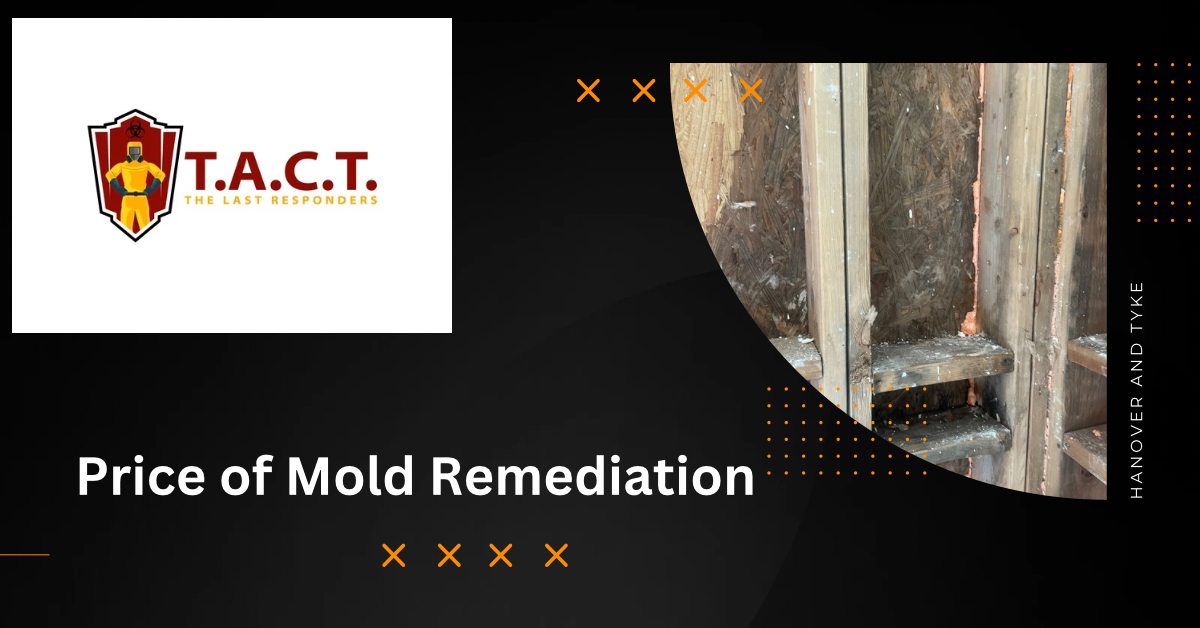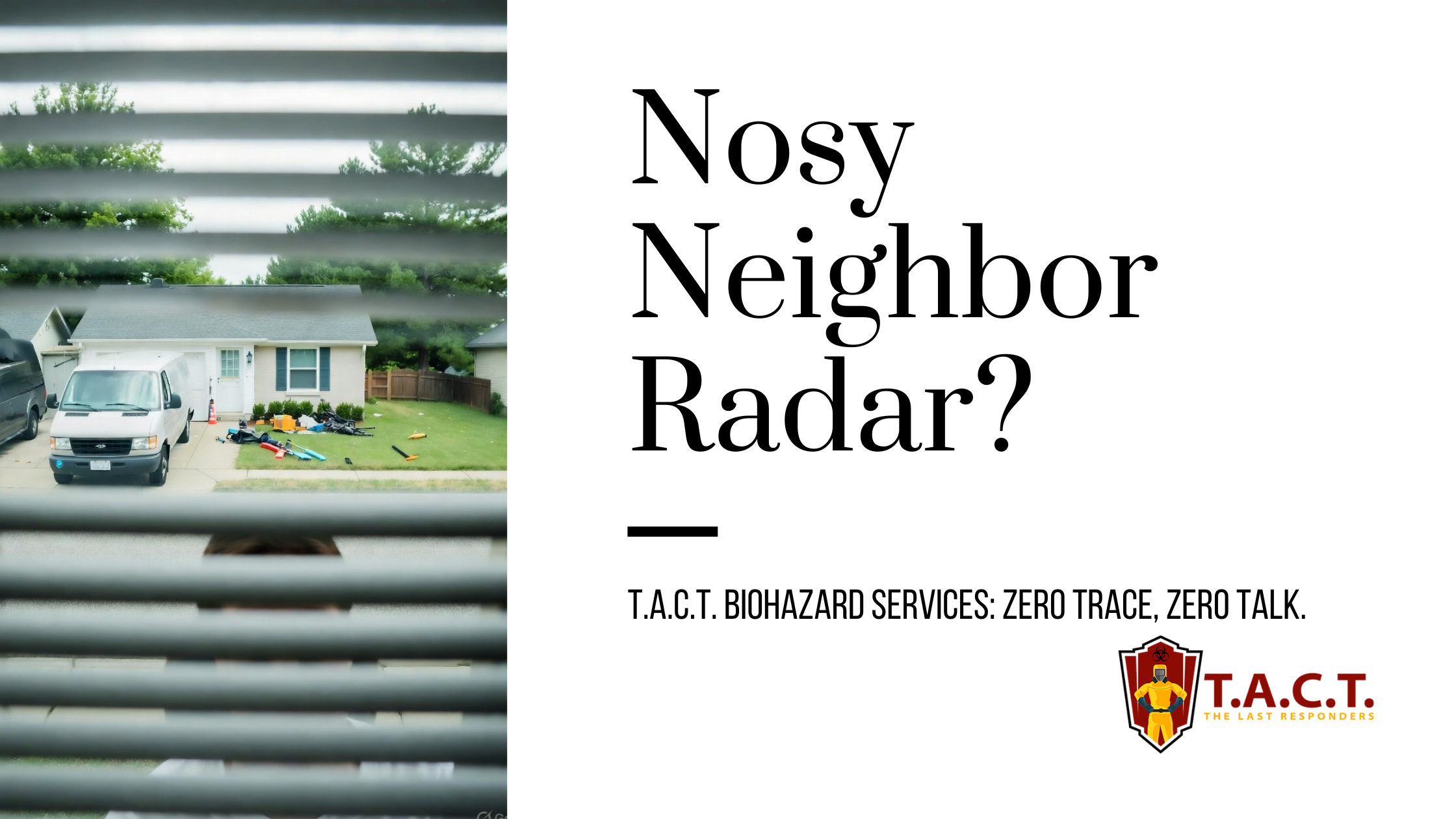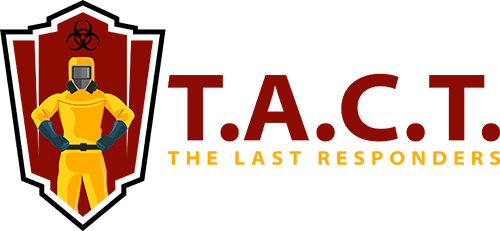Price of Mold

Mold Remediation Costs Atlanta: The Price of Mold
Understanding the Price of Mold Removal: Costs and Factors Explained
What Is Mold Remediation?
Mold remediation is the process of removing mold and its spores from a building or home.
It involves identifying and addressing the source of moisture that led to mold growth.
Mold remediation is essential to prevent health problems and structural damage. Hiring a mold remediation company is crucial for effective removal and safety measures.
Mold Remediation Costs
The average cost of mold remediation is $2,254, with a range of $1,125 to $3,439.
Mold remediation cost can vary depending on factors such as the location within the home (basements, attics, HVAC systems), the size of the affected area, and the type of mold.
Professional mold remediation services can charge between $1,200 and $10,000.
Factors Affecting Mold Remediation Costs
Mold Infestation Size
The size of the mold infestation plays a significant role in determining the remediation cost.
Most mold removal professionals charge around $10 to $25 per square foot.
Larger infestations require more time, materials, and labor, increasing the cost.
Mold Type
The type of mold affects the remediation cost, with some types requiring specialized equipment and techniques.
Black mold, for example, is more toxic and requires more extensive removal procedures.
Mold testing can help determine the type of mold and the necessary removal methods.
Extent of Damage
The extent of damage caused by mold growth also impacts the remediation cost.
If mold has damaged drywall, carpeting, or flooring, replacement or repair costs will add to the overall bill.
Addressing water damage and humidity levels is crucial to prevent future mold growth.
Mold Removal and Remediation Labor Cost
Labor costs for mold removal and remediation typically range from $75 to $99 per hour.
The cost of labor is often included in the overall remediation cost.
Professional mold remediation services require skilled technicians and high-end equipment. It is crucial to consult a mold removal specialist during the remediation process to ensure the affected area is properly contained and to determine if residents need to vacate their homes based on the severity of the mold presence.
Additional Costs for Mold Remediation
Inspection Cost
Mold inspection costs typically range from $250 to $350.
Inspection is essential to determine the presence and extent of mold growth.
Mold testing can help identify the type of mold and necessary removal methods.
Repairing Damage
Repairing damage caused by mold growth can add significant costs to the overall bill.
Replacing drywall, carpeting, or flooring can cost between $300 to $825.
Addressing water damage and humidity levels is crucial to prevent future mold growth.
Environmental Impact of Mold Remediation
Mold remediation can have a significant environmental impact, particularly if not done properly. The use of harsh chemicals and cleaning products can harm the environment, contaminating soil and water sources. Additionally, the disposal of mold-infested materials can contribute to landfill waste and pollution.
To minimize the environmental impact of mold remediation, it's essential to choose eco-friendly cleaning products and disposal methods. Many mold remediation companies now offer green remediation services that use environmentally friendly products and practices. These services focus on reducing the environmental footprint while effectively removing mold.
Some ways to reduce the environmental impact of mold remediation include:
Using natural cleaning products that are biodegradable and non-toxic.
Disposing of mold-infested materials in a responsible and environmentally friendly manner.
Implementing containment procedures to prevent mold spores from spreading and contaminating other areas.
Taking preventative measures to avoid future mold growth, thereby reducing the need for repeated remediation.
By adopting these practices, homeowners can ensure that their mold remediation efforts are both effective and environmentally responsible.
Insurance and Mold Remediation
Insurance coverage for mold remediation can vary widely depending on the type of policy and the specific circumstances of the mold infestation. Generally, most homeowners' insurance policies do not cover mold damage unless it results from a sudden and accidental event, such as a burst pipe or a flood.
However, some insurance policies may cover mold remediation costs if the mold growth is a result of a covered event, such as a storm or a fire. It's crucial to review your insurance policy carefully to understand what is covered and what is not. Knowing the specifics of your coverage can save you from unexpected expenses.
If you're dealing with a mold infestation and are unsure about your insurance coverage, it's best to contact your insurance provider to discuss your options. They can help you determine if your policy covers mold remediation costs and guide you through the claims process. Being proactive about understanding your insurance coverage can make a significant difference in managing remediation costs.
Technological Advances in Mold Detection and Removal
Advances in technology have significantly improved the detection and removal of mold, making the mold remediation process more efficient and effective. Some of the latest technologies used in mold remediation include:
Infrared Cameras: These devices can detect moisture and temperature changes that may indicate mold growth, even behind walls and under floors.
Mold-Detecting Sensors: These sensors can detect the presence of mold spores in the air, providing early warning signs of mold infestation.
Advanced Cleaning Products: New cleaning products are designed to effectively remove mold without damaging surfaces or posing health risks.
Containment Systems: Modern containment systems prevent mold spores from spreading during the remediation process, ensuring that the mold is confined to the affected area.
These technological advancements have made mold remediation safer and more thorough, reducing the risk of mold exposure and improving the overall quality of remediation services. Homeowners can now benefit from more precise detection and effective removal methods, ensuring a healthier living environment.
Regional Cost Variations
The cost of mold remediation can vary significantly depending on the region, influenced by factors such as climate, humidity, and local regulations. In general, regions with high humidity and warm temperatures tend to have higher mold remediation costs. This is because mold growth is more common in these areas, leading to higher demand for remediation services.
Some of the regions with the highest mold remediation costs include:
The Southeastern United States: High humidity and warm temperatures create an ideal environment for mold growth.
The Gulf Coast: Hurricanes and flooding can lead to widespread mold growth, increasing remediation costs.
The Northeastern United States: Cold winters and humid summers contribute to mold growth, affecting remediation costs.
Conversely, regions with dry climates and low humidity tend to have lower mold remediation costs. These regions include:
The Southwestern United States: Dry desert air reduces the risk of mold growth.
The Rocky Mountains: Low humidity and cold temperatures make mold growth less common.
The Midwest: Moderate temperatures and humidity levels reduce the risk of mold growth.
It's essential to note that these are general trends, and mold remediation costs can vary significantly depending on local factors and specific circumstances. Homeowners should consider these regional variations when budgeting for mold remediation.
DIY Mold Removal vs. Hiring a Professional
The Environmental Protection Agency (EPA) recommends only removing mold yourself if it covers less than 10 square feet.
DIY mold removal can be cost-effective, with costs ranging from $50 to $300.
However, hiring a professional mold remediation service is recommended for larger infestations or complex removal procedures. A comprehensive overview of DIY mold remediation highlights the conditions that promote mold growth and outlines potential health risks associated with mold exposure.
Preventing Mold Infestations
Preventing mold growth is crucial to avoid costly remediation.
Controlling moisture levels, fixing water leaks, and improving ventilation can help prevent mold growth.
Regular inspections and maintenance can help identify potential mold issues early on.
Signs and Health Concerns
Mold growth can cause health problems, including respiratory issues and allergic reactions.
Signs of mold infestation include musty odors, warping or cracking walls, and discoloration.
If you suspect a mold problem, it's essential to call a mold inspection professional.
Cost-Saving Strategies for Mold Remediation
Addressing mold growth early on can help reduce remediation costs.
Preventing mold growth through moisture control and regular maintenance can save money in the long run.
Hiring a professional mold remediation service can ensure effective removal and prevent future growth.
Conclusion
Mold remediation costs can vary depending on several factors, including the size and type of mold, extent of damage, and labor costs.
Understanding the factors that affect mold remediation costs can help homeowners prepare for the process.
Preventing mold growth and addressing mold issues early on can help reduce remediation costs and ensure a healthy and safe living environment
Understanding Mold Remediation
Mold remediation is the process of removing and preventing the growth of mold in a building or home. It involves identifying and addressing the source of moisture that is causing the mold growth, as well as removing and disposing of any affected materials. Mold remediation is important because it can help to prevent health problems and damage to the building or home.
Mold remediation typically involves several steps, including:
Identifying the source of moisture that is causing the mold growth
Containing the affected area to prevent further mold growth and exposure to mold spores
Removing and disposing of any affected materials
Cleaning and disinfecting the affected area
Drying the affected area to prevent further mold growth
By following these steps, mold remediation ensures that mold growth is effectively controlled and prevented, safeguarding both the health of the occupants and the integrity of the building.
Factors Affecting Mold Remediation Costs
The cost of mold remediation can vary widely depending on several factors, including:
The size of the affected area
The type of mold that is present
The extent of the damage
The location of the affected area (e.g., attic, basement, walls)
The necessary protective and disposal equipment
The labor costs of the remediation company
On average, the cost of mold remediation can range from $500 to $30,000 or more, depending on the extent of the damage and the necessary repairs. Understanding these factors can help homeowners better prepare for the potential costs associated with mold remediation.
Mold Inspection and Testing
Mold inspection and testing are important steps in identifying and addressing mold growth in a building or home. A mold inspection typically involves a visual examination of the affected area, as well as the use of specialized equipment such as moisture meters and thermal imaging cameras.
Mold testing can involve several different methods, including:
Air sampling: This involves collecting air samples from the affected area and analyzing them for mold spores.
Surface sampling: This involves collecting surface samples from the affected area and analyzing them for mold growth.
Bulk sampling: This involves collecting bulk samples from the affected area and analyzing them for mold growth.
These methods help to accurately identify the presence and type of mold, allowing for targeted and effective remediation efforts.
Preventing Future Mold Infestations
Preventing future mold infestations requires a combination of good maintenance practices and regular inspections. Some steps that can be taken to prevent mold growth include:
Fixing any water leaks or other sources of moisture as soon as possible
Using a dehumidifier in humid areas such as basements or crawl spaces
Ensuring good ventilation in areas prone to moisture such as bathrooms and kitchens
Regularly inspecting for signs of mold growth
Addressing any underlying moisture issues that may be contributing to mold growth
By taking these steps, property owners can help to prevent future mold infestations and reduce the risk of health problems and damage to the building or home.
Latest news

Bio Cleaning Services
Read More
Nosy neighbors peeking? T.A.C.T. North Atlanta offers discreet biohazard remediation for rodent infestations, mold, hoarding, and more. Unmarked vehicles, quiet experts, full privacy—24/7 service at 470-781-4775.
Read More
